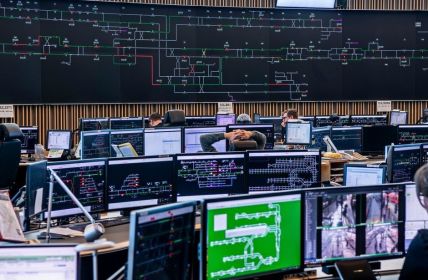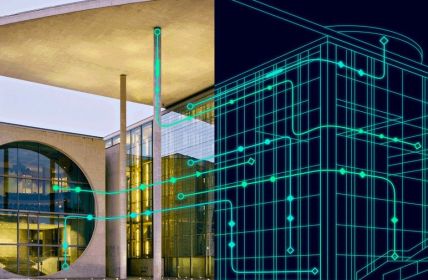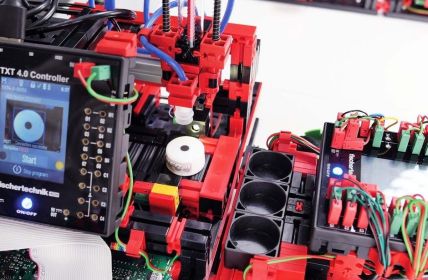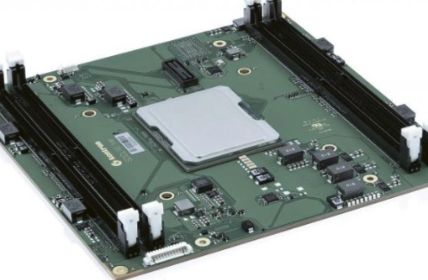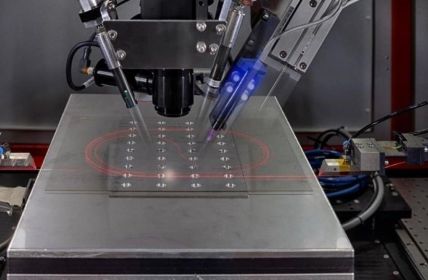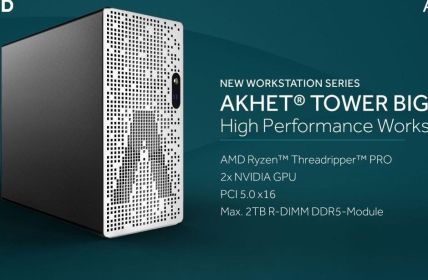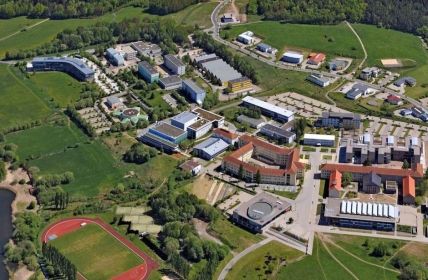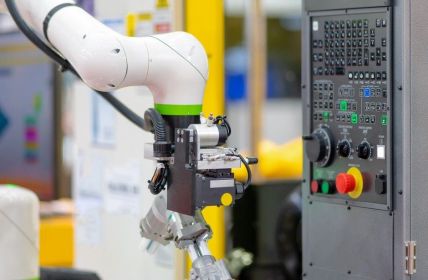The automotive segment of the Ineos Group has finally been able to complete the conversion of its smart factory in Hambach after years of work. At the former Mercedes plant in eastern France, the production facilities and first prototypes are ready to mass-produce the Grenadier soon.
Table of Contents: What awaits you in this article
Hambach-Smartville
Mercedes invested 450 million euros in 1997 to open what is now the Grenadier production facility in Hambach. At the time, the location became known as Smartville because it was able to produce very quickly and on schedule thanks to the short distribution routes of its local suppliers.
In addition, the relationship with the service providers was so close that they were able to deliver the required components in the exact order in which they were used. In addition, the plant had a direct connection to a train station, so that the goods could be delivered immediately after completion.
Conversion for vehicles weighing tons
Shortly after Mercedes raised another 470 million euros in anticipation of an electric car deal that did not materialize, Ineos’ CEO took over the production facility. He had already been preoccupied since 2016 with the idea of continuing production of the famous Grenadier off-road vehicle. However, in order to put this plan into practice, massive modifications to the production lines were required.
This is because the off-roader, with its dimensions of five meters in length and over two and a half tons in weight, clearly exceeds the parameters previously designed more for small Smart vehicles. In order to be able to produce the targeted 30,000 units per year, a further 50 million euros had to be invested. This included reinforcing the building’s structures and holding mechanisms, as well as adapting the robots to the changed circumstances.
Robots and AI for manufacturing
To implement the ambitious plans, some of the original Mercedes equipment had to be renewed. In the body shop alone, 250 robots were replaced or fitted with new heads. No less costly is their training for the tasks ahead. At present, the robots are still operating in what is known as ghost mode, where they go through their subsequent routine movements in empty space at least ten times in order to learn them. They were preceded by 3D computer modulation to design their movements with pinpoint accuracy.
3 kg in 300 seconds
Robots are also used in the paint shop. They apply about 3.7 kg of a PVC substance to help seal the car body. Spreading the sealant takes about 300 seconds, exactly the time the chassis spends on the assembly line. The process is followed by the application of two base coats and a top coat before proceeding to assembly.




